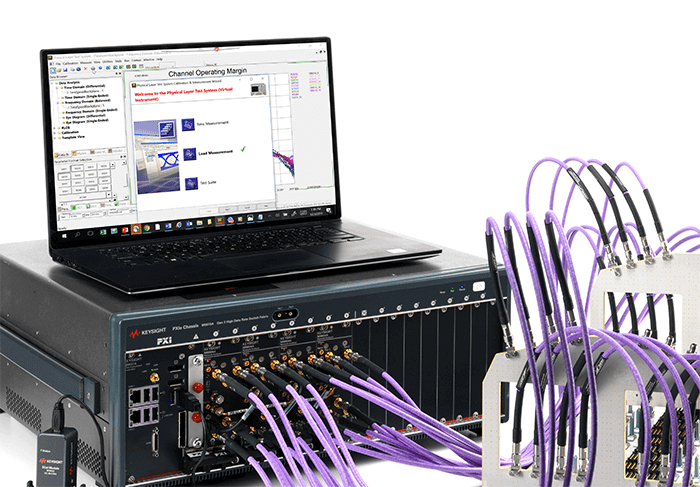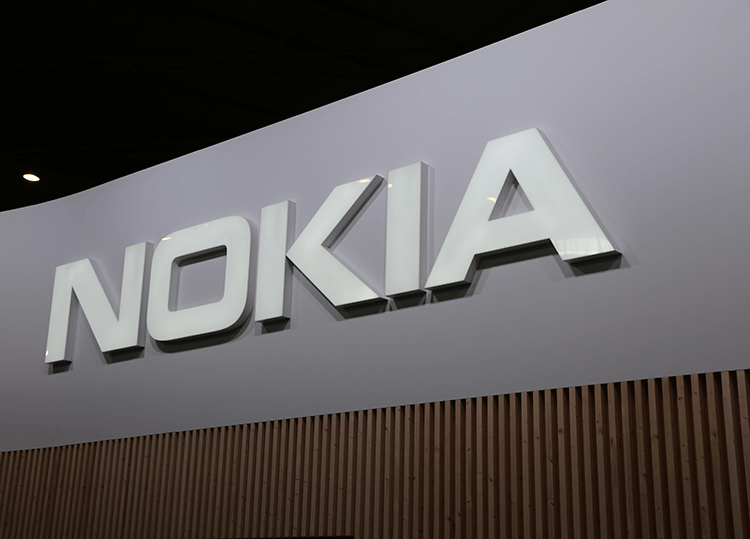Ericsson and KTH are coordinating a new project called DETERMINISTIC6G that aims to develop the technology enablers that are essential for time-sensitive technology needed for 6G.
Central to the project is the concept of deterministic communication, being the property of guaranteeing communication latency and reliability. In total, the consortium consists of ten partners that combine mobile network leadership (Ericsson, Orange) with visionary applications and vertical ecosystem insights (B&R, IUVO, and SSSA), paired with leading research institutes (KTH, University of Stuttgart, and Silicon Austria Labs) and two highly innovative SMEs (Cumucore, Montimage).
A central focus of the project will be on the interplay between future 6G networks with highly time-synchronized networks called Time Sensitive Networking (TSN). The challenge in these settings is that wireless systems like 6G can be subject to strong random variations, which is incompatible with technologies like TSN. How to overcome these challenges is an open research problem. DETERMINISTIC6G will tackle this problem by a combination of new wireless transmission design and advanced machine learning algorithms, leading to 6G wireless transmission with deterministic latency behavior.
In addition to this, the project will also consider consequences and novel approaches for time synchronization, network security as well as the integration of computational nodes into 6G systems. A final point on the research agenda is how to make future networks aware of subsequent, upcoming changes that are important for the running of applications. Networks like 6G will have additional means to acquire fine-grained information about such changes in comparison to the networks of today.
Magnus Frodigh, Vice president and head of research of Ericsson Research, says: “I have high expectations on DETERMINISTIC6G, a 6G technology enabler project focused on deterministic communication. With a unique consortium combining expertise from both the wired and wireless domains, DETERMINISTIC6G has the potential to shape the foundations of 6G systems with respect to time-critical applications.”
James Gross, a professor with the Electrical Engineering and Computer Science School at KTH and the project’s technical manager, adds: “This project can shape the technological foundations of future 6G systems.”
The project has received EU funding from the Smart Networks and Services Joint Undertaking.















